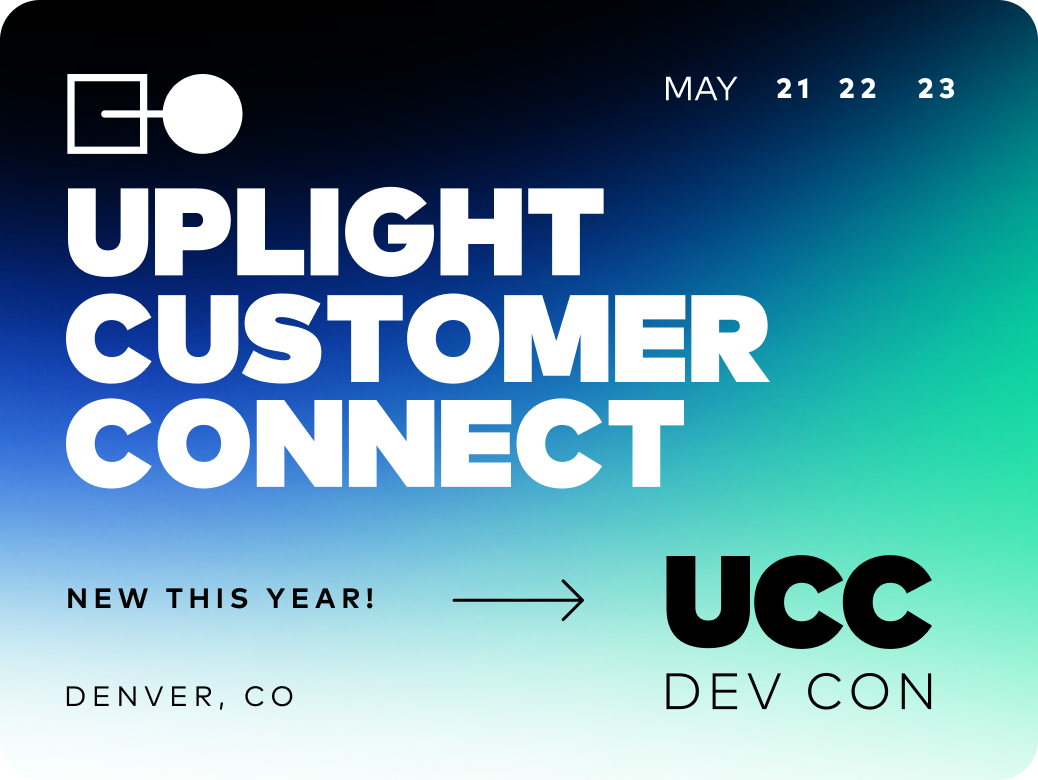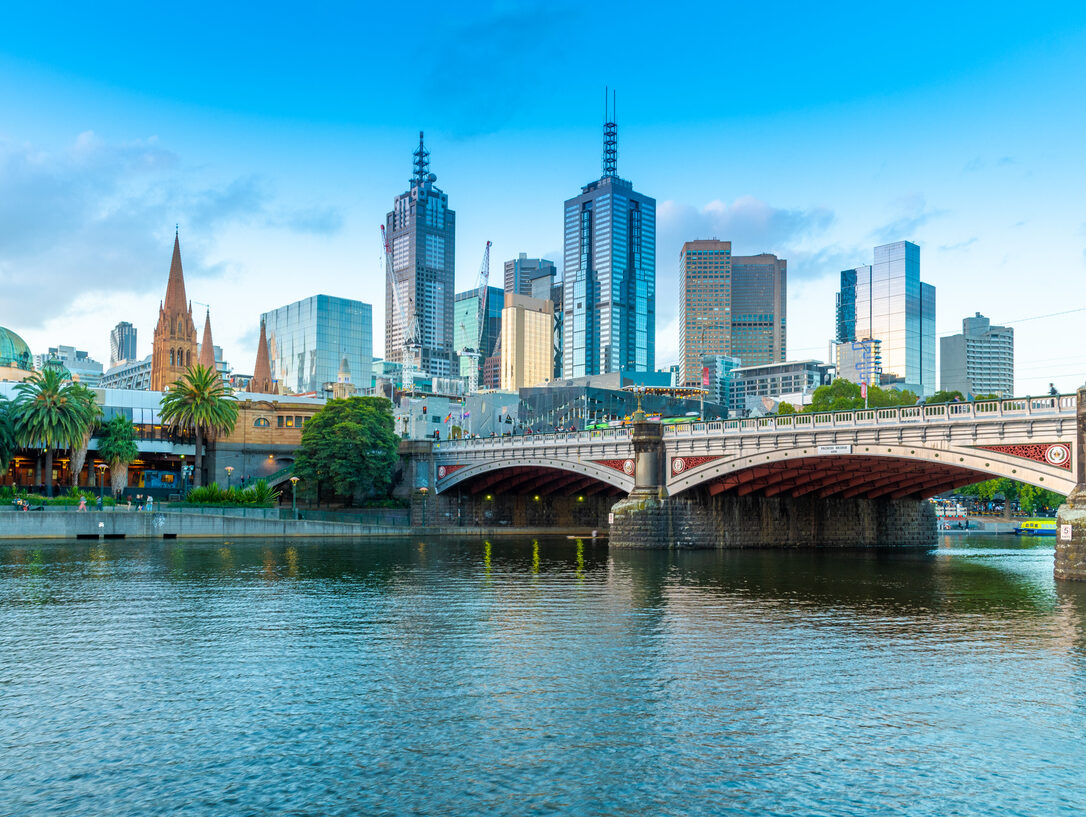When Uplight was founded this summer, one of the first things that we knew we wanted to do was to bring everyone together to chart the new Uplight Way. The planning squad selected Colorado Springs for around 350 employees from India, Boston, Vancouver, Seattle, Boulder, Denver, Washington DC, and more places to convene. Our flights, buses, and hotel rooms were booked and our agenda was ready…….
Then, we found ourselves in the midst of a global pandemic. As the situation evolved, we made the decision to cancel the offsite in Colorado Springs. But, that didn’t mean the meeting couldn’t go on.
As a technology company already savvy with virtual meetings, we knew we could make it work. COVID-2019 was not going to get in the way of us charting the Uplight Way. Even with the challenges, the team worked to create an environment to support our #oneteam mentality.
How can we make this better than it would have been in-person?
Instead of focusing on what we couldn’t do, we asked ourselves how we could make a virtual offsite be even better than an in-person one–reframing this as an opportunity, not just a challenge. This new mindset energized the team and opened the meeting up to a whole new realm of possibilities.
Space was no longer a constraint, for example. We didn’t have to limit breakout rooms to a certain number of people, for example, or even the number of breakout groups. We met each night to change the agenda, utilizing a more iterative process–even adjusting the closing session 90 minutes before it happened. And we were mindful that the Upsite was a reflection of the actual way that we work together where an in-person meeting would not have been. This meeting was able to reinforce the virtual norms that helps make us even more successful.
Designing a virtual meeting
The week before the meeting, our planning work group had to make several adjustments in the content and the structure.
- Instead of cutting content and scaling back the meeting, we used the lack of travel as an opportunity to be less constrained and gave us more time to fit more of the pieces together.
- IT Administrators worked to figure out how to structure both team and cross-functional break-out groups. They created around 150 separate Zoom meetings and selected Slido for interactive polls and questions.
- Just like design for in-person, want to have a variety of modalities and ways of interacting. However, we had to have more detailed, written instructions about each component.
- Our product demo was like a choreographed dance where engineers in different locations walked through each solution–demonstrating how we work together.
The time zone challenge
Working with our office in Pune, India was one of the most challenging things with our nearly opposite work schedules. Time differences in North American can range from a 9-12 hour difference! While we knew that it would be impossible for us all to have all the sessions together, we tried to find a few times that we could all participate. We held product demos early in the morning in the US and “unconference” sessions in the evening when the Pune team was online. Done differently, we would have approached the daytime sessions differently, knowing that the Pune office would be watching recordings.
More participation and a win for introverts
The results? We had 80-90% participation in interactive questions–more so that we would have had in an in-person meeting. Many introverted employees said they felt more comfortable with the virtual format––perhaps making this a good tool for inclusivity to consider for other types of meetings. 72% of employees rated the meeting successful.
Here are a highlights from employee comments:
- Talking to people from other departments was eye opening.
- I found it helpful to hear that leadership experienced similar challenges and frustrations. Their “getting real” stories provided me with a lot of comforting knowing I’m not the only one having to overcome big changes.
- Video conferencing into the meetings actually worked really well and felt like people were more engaged.
This is one of the examples of how our team rose to the occasion in a time of international crisis–creating something pretty close and in may ways even better than an in-person meeting. Getting virtual communication right is more important than ever. As one Uplight employee noted on the survey, “Especially now, in our new COVID world, we need to use this tech more often than we do now. We need to reach out and communicate now more than ever.”





